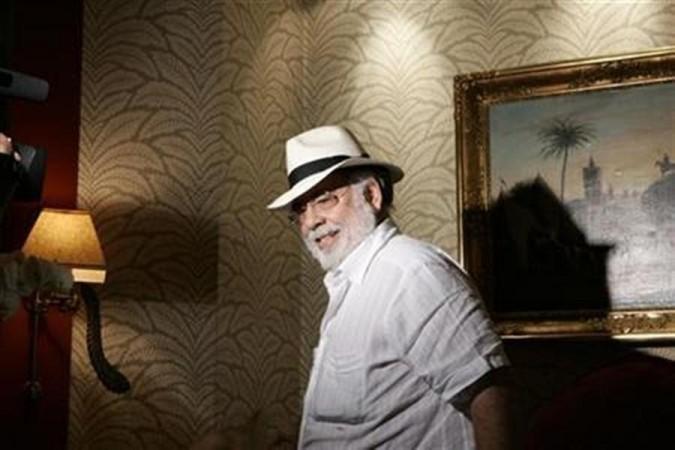Francis Ford Coppola embraces and applies art to make a point that leads his viewers directly to his artwork. When the cinema writer Gene D Phillips compiled a book on the director, named Godfather: The Intimate Francis Ford Coppola, it became a treacherous challenge to put his chaotic career into perspective.
Francis Ford Coppola had taken risks in his life all the while being a visionary, technological guru and most importantly director of the iconic The Godfather films, which had been a page by page dedication to all the characters compiled by Mario Puzo. The Godfather trilogy had been the beginning of every kind of mysterious element we witness on screen today.
In Phillips' book Coppola has been seen as the hired gun, independent filmmaker, sell-out, has been wine baron, and also a padrone to a new generation of directors. Phillips gave an honest account of Coppola's rise in film history as well as his eccentric behaviour.

Francis Coppola: The Godfather of cinema
There are few spectacles in American cinema, more touching than the career of Francis Ford Coppola. The Lumiere Brothers may have brought the concept of cinema to life, DW Griffith may have introduced the concept of shot scale post his exit from The Biograph, but it was Francis Ford Coppola who learnt the trick and trade of the medium of cinema and brought his own kind of aesthetics to the platform, that made him stand out. On-screen he had brought in an image of brilliance.
What remains touching is the manner in which he brings in the oceanic vastness of his imagination to the audience and nothing really gets extremely complicated. You watch the shot sequences again only to find new perspectives of his brilliance.
As a director, there is something uniquely moving about his tendency to bring us all under his tents and waltz together to the music of the spheres. In the neo-noir phase of Hollywood cinema, Francis Ford Coppola worked as a conductor, who owns all the elements of a film function like different sections of the orchestra.
When you study Coppola, shot by shot, he appears as a graceful filmmaker without any sense of fussiness in his piece of work. You notice the transformation of Michael Corleone from a doe-eyed innocent boy to a mafia lord and he skillfully plays with the light but never makes it too complicated.
There's a lot of light when Al Pacino makes his first appearance as the young Michael, but eventually, all the lights on him become slightly darker, much like his costumes and that does not come as a layered, crack-the-code screenplay.
When you watch any Hitchcock film from the Classical Hollywood Cinema genre, you need to be keen and observe every character, every dialogue, every shot, to find familiarity with one Hitchcockian style and another. The clue is carefully kept inside a shot sequence, but Coppola does not keep secrets. He uses his aesthetics and bares it all to the common man. He doe not complicate his screenplay, which decodes itself after the third watch by a common eye.








